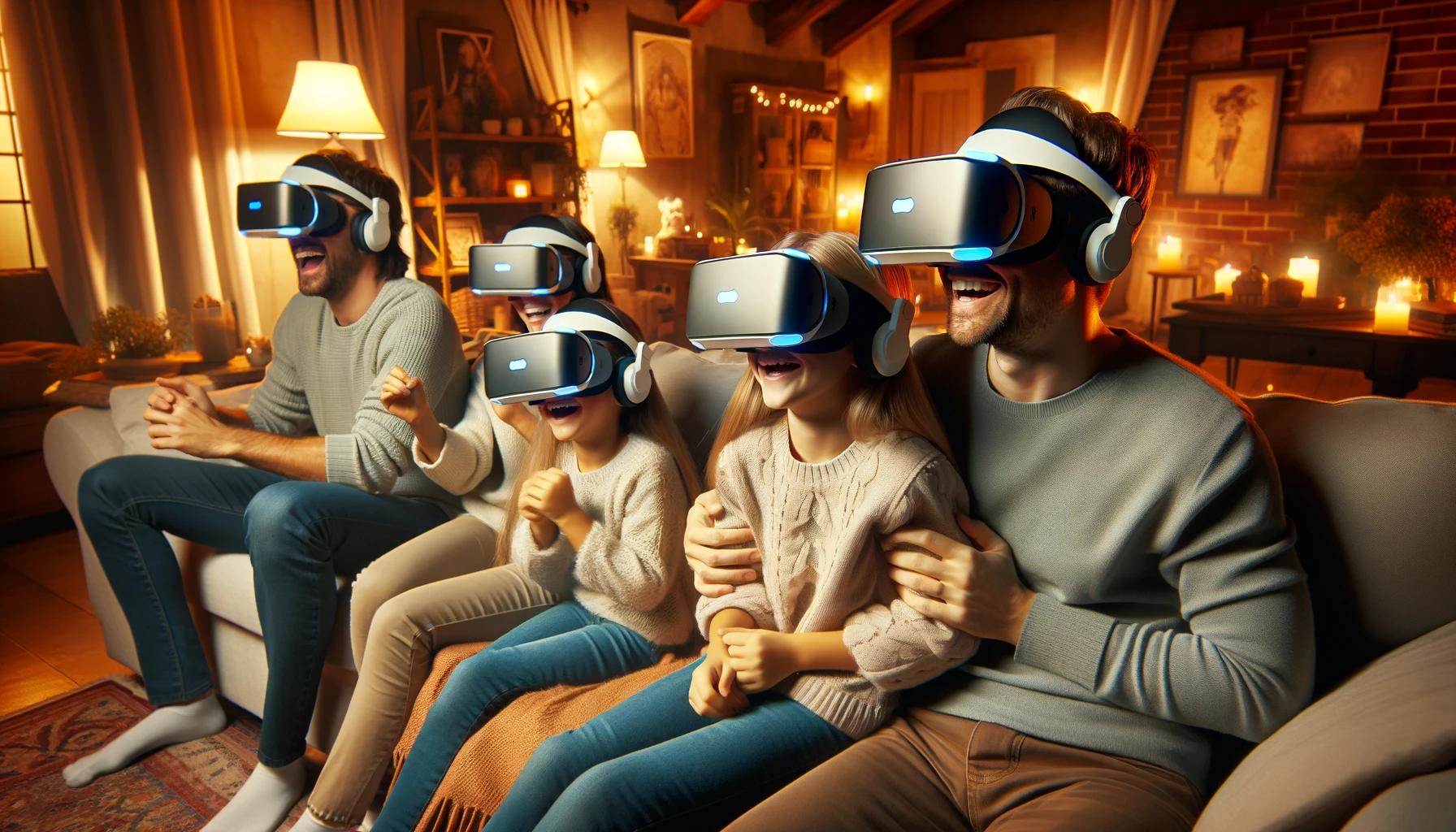As the tech industry buzzes with anticipation, Apple is reportedly setting the stage for the release of its next big innovation, the Apple Vision Pro 2, slated for 2026. Alongside this futuristic device, whispers in the tech corridors suggest that a more affordable version might hit the shelves even sooner. This strategy mirrors Apple’s historical approach where it tantalizes its customer base with premium models followed by more accessible versions shortly after.
What Features Can We Expect?
While details remain under wraps, industry insiders speculate that the Apple Vision Pro 2 will boast enhanced AR capabilities, superior battery life, and possibly a lighter, more ergonomic design compared to its predecessors. These improvements aim to make extended wear more comfortable and the user experience more immersive, addressing some of the feedback from earlier models.
How Will This Impact the Tech Market?
The introduction of advanced models like the Apple Vision Pro 2 typically sets new benchmarks within the tech industry, prompting competitors to fast-track innovations in their product lines. A significant ripple effect is expected, possibly altering consumer expectations and demands, particularly in the realms of wearable technology and augmented reality.
Is There a Broader Strategy at Play?
Looking at Apple’s roadmap, the strategic placement of a budget-friendly model alongside a high-end device may serve dual purposes. It not only captures the premium market but also expands Apple’s reach to more price-sensitive segments. This approach could strengthen its foothold in emerging markets and amongst younger demographics, reinforcing its brand across diverse consumer bases.
In reflecting on Apple’s previous launches, there appears to be a consistent pattern of innovation followed by diversification. Initial releases often come with steep price tags which are gradually mitigated by the introduction of more cost-effective models. This strategy not only boosts initial sales but also keeps the products accessible to a broader audience over time.
Delving into the broader discourse, articles from ‘The Verge’, titled “The Future of Personal Technology”, and ‘Wired’, titled “Tech Trends 2023”, both highlight a surge in companies investing heavily in AR technologies and user-centric designs. These articles suggest a growing trend where companies are not just focusing on hardware advancements but are also significantly enhancing the software ecosystems to create more integrated and user-friendly experiences.
A recent scientific paper published in the ‘Journal of Augmented and Virtual Reality Research’ titled “Advancements in Augmented Reality: Consumer and Technological Insights” sheds light on the accelerating pace of AR tech and its implications for both users and the industry. The paper emphasizes the importance of user interface design and its direct correlation to user satisfaction and adoption rates, crucial elements that Apple seems to be addressing with its new models.
Key Takeaways for Consumers and Investors
- Expect groundbreaking AR features and improved ergonomics.
- Look for market shifts and new standards in wearable tech.
- Anticipate broader, more affordable access to technology.
Apple’s strategic release of the Vision Pro 2 in conjunction with a more affordable model could redefine user engagement with wearable technology, making it more inclusive and widespread. Furthermore, this launch is likely to prompt a cascading effect, influencing market dynamics and possibly ushering in a new era of tech consumerism where accessibility plays a pivotal role alongside innovation.










